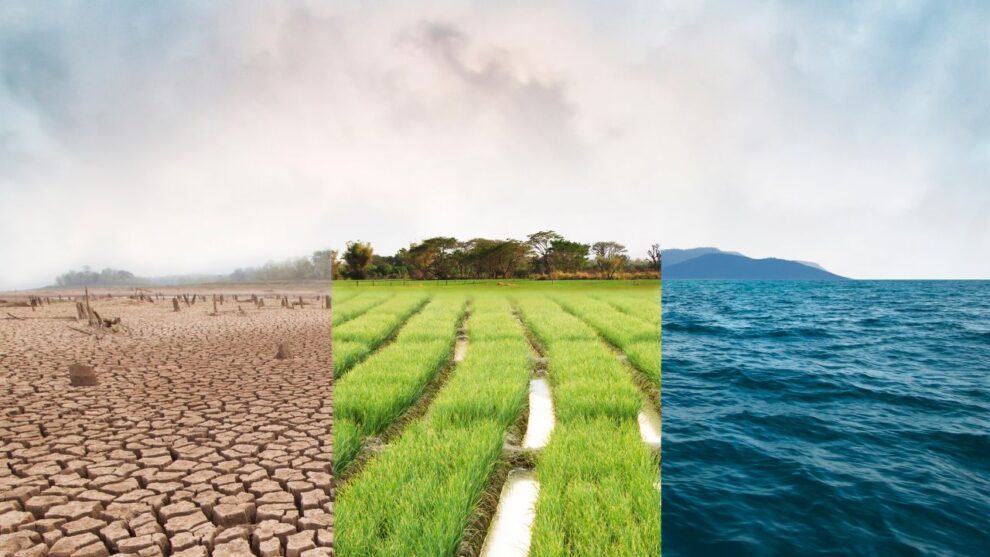Climate change is one of the most pressing challenges of our time. The consequences of rising global temperatures, such as more frequent and severe weather events, rising sea levels, and disruptions to ecosystems, are becoming increasingly evident.
To combat these threats and rescue our planet from the brink of environmental disaster, it is essential that we implement a range of strategies. In this blog post, we will explore a comprehensive set of strategies to combat climate change and work towards a more sustainable and resilient future.
Transition to Renewable Energy
One of the biggest culprits of greenhouse gas emissions is the burning of fossil fuels for energy. However, the good news is that we have renewable energy alternatives at our disposal. Solar, wind, and hydroelectric power provide a much-needed solution to the fossil fuel quandary.
Solar installation in Utah, for instance, offers a clean and cost-effective alternative to traditional energy sources. The widespread adoption of renewable energy will not only help to reduce greenhouse gas emissions, but it will also contribute to green job creation and promote energy independence for communities around the world.
Energy Efficiency
Improving energy efficiency is another vital strategy in the battle against climate change. High energy consumption leads to increased emissions.
By implementing energy-efficient technologies and practices in homes, buildings, transportation, and industries, we can reduce our energy consumption and lower our carbon footprint. Simple steps like better insulation, LED lighting, and efficient appliances can make a significant difference.
Reforestation and Afforestation
Forests play a crucial role in sequestering carbon dioxide from the atmosphere. Reforestation, which involves replanting trees in areas that were previously deforested, and afforestation, which entails planting trees in new areas, can help absorb large amounts of carbon. Additionally, these activities contribute to biodiversity conservation and ecosystem restoration.
Sustainable Agriculture
The agriculture sector is both a significant contributor to greenhouse gas emissions and vulnerable to the impacts of climate change. Sustainable agriculture practices focus on reducing emissions from farming, conserving soil health, and preventing deforestation. Techniques such as no-till farming, crop rotation, and agroforestry can contribute to a more sustainable food production system.
Carbon Pricing
Carbon pricing is an economic strategy that aims to internalize the external costs of carbon emissions. It can be achieved through mechanisms like carbon taxes or cap-and-trade systems.
By placing a price on carbon emissions, businesses and individuals are incentivized to reduce their emissions, thus driving innovation and encouraging the transition to cleaner, more sustainable technologies and practices.
Electric Transportation
The transportation sector is a major contributor to global greenhouse gas emissions, primarily through the use of internal combustion engine vehicles. Transitioning to electric vehicles (EVs) and investing in public transportation systems are critical steps to combat climate change.
EVs produce zero tailpipe emissions and, when charged with clean energy, can significantly reduce the carbon footprint of transportation.
Circular Economy
The concept of a circular economy revolves around reducing, reusing, and recycling resources to minimize waste and environmental impact. By extending the life of products, encouraging recycling, and reducing single-use plastics, we can reduce the demand for new resources and lower the emissions associated with resource extraction and production.
Climate-Resilient Infrastructure
As climate change leads to more frequent and severe weather events, we must adapt our infrastructure to withstand these challenges. Building and upgrading infrastructure with climate resilience in mind can prevent damage and disruption.
This includes designing buildings that can withstand extreme weather, improving drainage systems, and reinforcing critical infrastructure like bridges and power grids.
International Cooperation
Climate change is a global issue that requires international cooperation to address effectively. Agreements like the Paris Agreement have set targets for countries to reduce their emissions and limit global temperature rise.
Collaborating with other nations, sharing knowledge, and providing support for developing countries in their efforts to combat climate change are crucial steps in this battle.
Education and Awareness
Ultimately, the success of these strategies depends on the collective efforts of individuals, communities, and societies. Raising awareness about climate change and the importance of sustainable practices is essential.
By educating people about the impacts of climate change and providing practical solutions, we can inspire action at all levels. Schools, community organizations, and media can play pivotal roles in disseminating this knowledge.
Conclusion
The battle against climate change is a monumental task, but it is not insurmountable. By implementing a combination of these strategies, we can make significant progress toward a more sustainable and resilient future. The transition to renewable energy, energy efficiency, reforestation, sustainable agriculture, carbon pricing, electric transportation, circular economy practices, climate-resilient infrastructure, international cooperation, and public education are all key components of a comprehensive plan to combat climate change.
It is crucial that we recognize the interconnectedness of these strategies and work together as a global community to address the urgent challenges posed by climate change. By rescuing our planet from the threats of climate change, we not only protect the environment but also safeguard the well-being and future of generations to come. The time to act is now, and the solutions are within our reach. Together, we can make a difference and create a more sustainable and resilient world.



















Add Comment